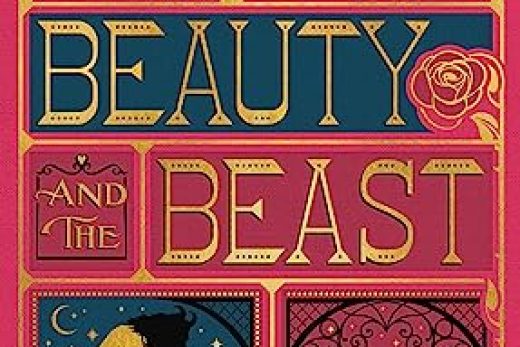
In “Mountain Librarian: A Tale of Courage and Appalachia”, readers embark on a journey into the rugged terrains of 1930s Kentucky. The narrative follows Cussy Mary, also known as the Blue-skinned librarian. She’s a Pack Horse librarian tasked with delivering literature to the remote households of the Appalachians.
The tale provides an in-depth exploration of the challenges faced by these librarians, emphasizing Cussy Mary’s personal struggles, from discrimination due to her unique blue skin condition, methemoglobinemia, to the daily dangers of her mountainous routes. The story paints an evocative image of the lives of those in remote communities and the sheer power of books in providing hope and knowledge.
There are several compelling reasons why this novel should be on every reader’s list:
Cultural Insight: Gain a deep understanding of the Appalachian region during the 1930s, from the challenges faced by its inhabitants to their deep-rooted traditions.
Inspirational Protagonist: Cussy Mary embodies resilience, determination, and the power of human connection.
Historical Perspective: The Pack Horse Library Project was a real initiative during the Depression era. This narrative offers an intimate look at the impact of this project on isolated communities.
Power of Literature: The novel reinforces the transformative power of books, knowledge, and education in communities that otherwise had limited access.
One common misconception some readers have is confusing methemoglobinemia with a fictitious condition. This condition is, in fact, a real genetic disorder that causes blue-tinged skin. Another point of confusion can be the geography of Appalachia, which spans multiple states and diverse landscapes.
In essence, “Mountain Librarian: A Tale of Courage and Appalachia” is not just a story about a librarian but a testament to the enduring human spirit, the transformative power of literature, and the importance of connection in challenging times.









